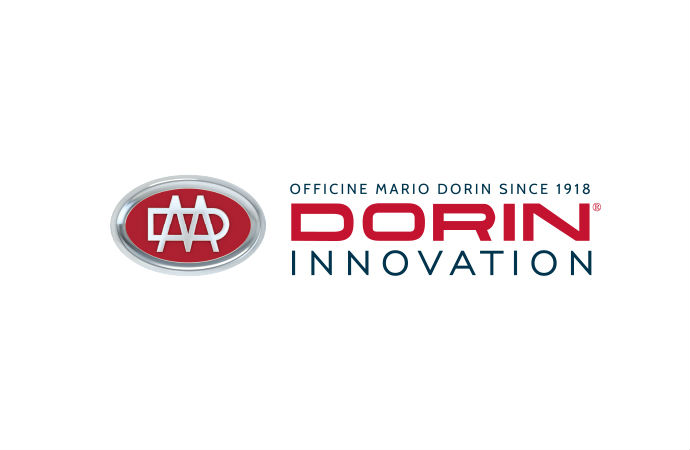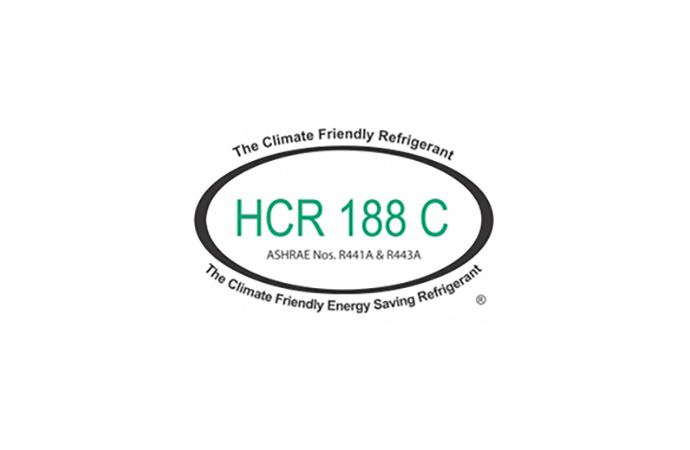Front page news of the New York Times this week is the global air conditioning boom, its threat to climate change and the refrigerant gases responsible: CFCs, HCFCs, and HFCs. Fluorinated gases have also hit the Rio+20 agenda, where senior political leaders from around the world could sign a document agreeing to an HFC phase down. However, solutions to this problem like hydrocarbons and other natural refrigerants are failing to get noticed.

With nations at Rio+20 facing a push to replace the fluorinated greenhouse gases (GHGs) that fuel air-conditioners, the New York Times has made air conditioning and refrigerants headline news. Whilst the rising profile of high Global Warming Potential (GWP) refrigerants is a step in the right direction when it comes to tackling climate change, something is missing: mention of alternative solutions to HCFCs and HFCs, such as natural refrigerants hydrocarbons, which exist, can be used safely, and are available.
“Relief in Every Window, but Global Worry Too”
The New York Times story focuses on the implications of the developing world’s increasing reliance on air conditioning as they become more affordable for its growing middle and even working class. “Air-conditioning sales are growing 20 percent a year in China and India,” write Elisabeth Rosenthal and Andrew Lehran.
The HCFC refrigerants in the units, leaking from factories and AC systems across the world, will work their way into the air, where as powerful greenhouse gases they contribute to global warming. The message in the article is clear: developing countries must switch to efficient air-conditioners with gases that do not contribute to global warming.
However, developed nations are not blameless, having contributed to the problem by previously switching from HCFCs to high GWP HFCs to comply with the Montreal Protocol. Developed nations are therefore essentially telling other nations to do what they have not: leapfrog this generation of coolants. Moreover, according to Rosenthal and Lehran "promising technologies" like hydrocarbon room air conditioners are “stalled in the wings".
But this is not strictly speaking true:
But this is not strictly speaking true:
- Italian and Australian manufacturers of portable and split air conditioners have been producing models based on propane for over a decade;
- In China some hotels in Shenzhen are beginning to use hydrocarbon air conditioners and refrigeration systems;
- In Jamaica the Petroleum Corporation of Jamaica the distribution company Lascelles DeMercado is converting all 40 of their mini split and central units to hydrocarbons;
- In Malaysia the Jusco Melaka shopping centre has converted its cooling system to hydrocarbons, installing amongst other systems 100 hydrocarbon split systems.
Many more examples of hydrocarbon air conditioning exist around the world, so why are these HCFC/HF-Free solutions being overlooked?
Will “Phase-down in the consumption and production of HFCs” be agreed at Rio+20?
Over 100 global leaders have converged on Rio de Janeiro for the Rio+20 United Nations Conference on Sustainable Development this week. Back in 1992 at the first Rio summit climate change was top of the agenda, but the bold vision for stopping global climate change has not lowered GHG emissions. Although improvements have been achieved in other areas such as access to water and sanitation, non fossil-fuel emissions including HFC refrigerants are rapidly increasing.
At Rio+20 in front of the heads of state will be the draft document 'Future we want'. Under the heading 'Chemicals and Waste’ the issue of refrigerants comes up and global warming comes up in paragraph 222, which states, “We recognize that the phase-out of ozone depleting substances (ODS) is resulting in a rapid increase in the use and release of high global warming potential hydrofluorocarbons (HFCs) to the environment. We support a gradual phase-down in the consumption and production of HFCs.”
This proposal to eliminate HFCs for their warming effect is likely to face resistance because of the perceived lack of climate and ozone friendly alternatives. Available, environmentally friendly refrigerants, hydrocarbons are failing to get noticed, and a key opportunity to tackle climate change is being missed.
MORE INFORMATION
Related stories









_1490973133.png)
